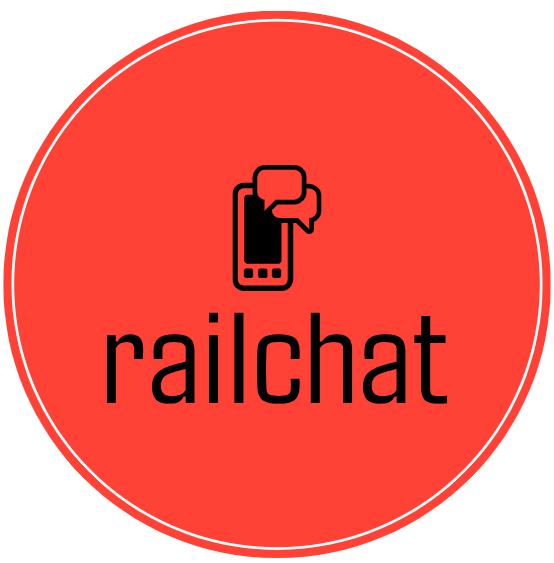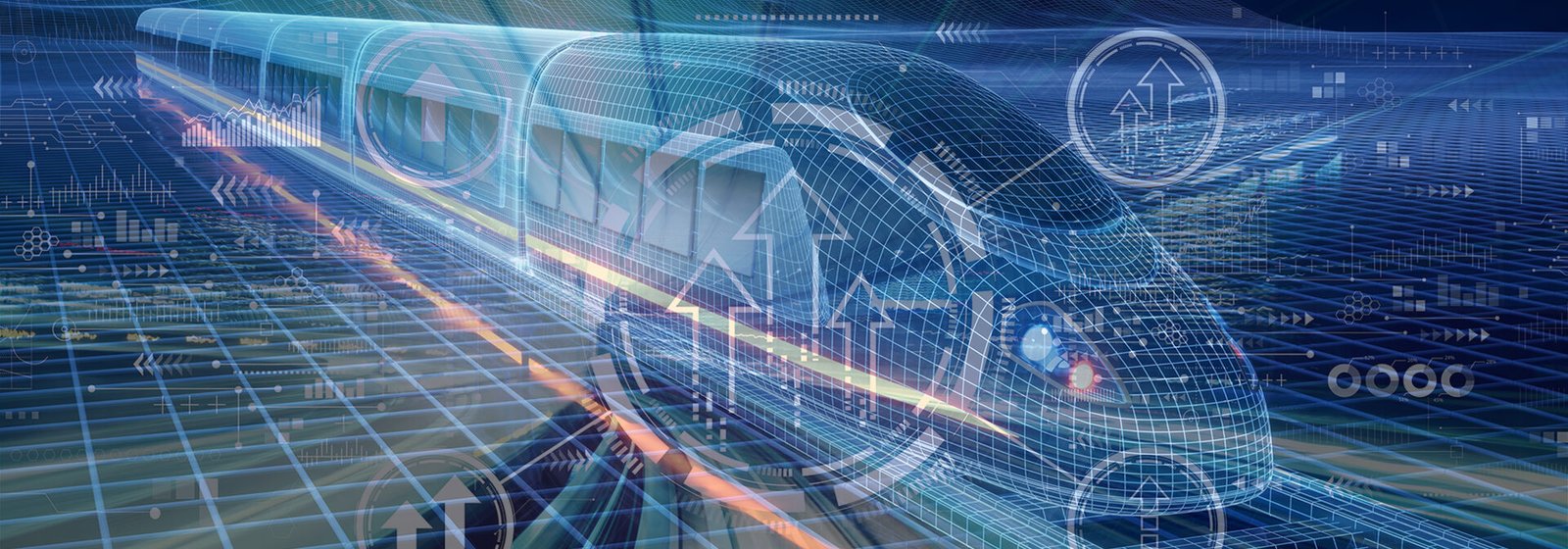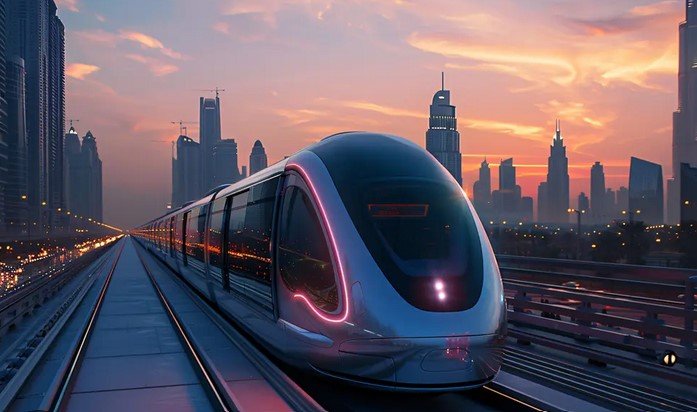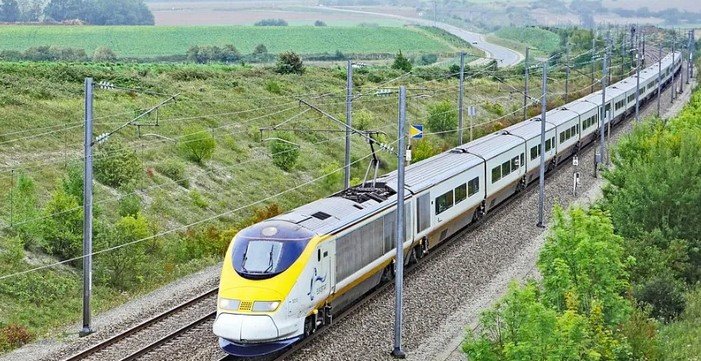The railroad industry in 2024 is at a pivotal moment, with rapid technological advancements and a growing demand for sustainable transport solutions shaping its future. As global challenges such as climate change, urbanization, and supply chain disruptions continue to evolve, the rail sector is adapting to meet new demands and opportunities. From the rise of automation to the push for sustainability, here are the key trends and predictions for the railroad industry in 2024.
1. Electrification and Green Rail Networks
One of the most significant trends in 2024 is the continued shift towards electrification across rail networks. As the world faces growing pressure to reduce carbon emissions, rail operators are investing heavily in electrified systems to replace diesel engines, which produce higher levels of pollutants.
Predictions for Electrification:
- Expansion of Electrified Railways: The electrification of rail lines is expected to increase significantly, particularly in Europe, North America, and parts of Asia. New electrified routes will replace older, more polluting rail infrastructure, especially on heavily trafficked corridors.
- Renewable Energy Integration: Rail systems are increasingly powered by renewable energy, reducing the carbon footprint of rail transport even further. Solar, wind, and hydropower are being integrated into rail operations, offering cleaner, sustainable energy sources.
Electrification is a critical step toward decarbonizing the industry, aligning with global climate goals and supporting green transportation.
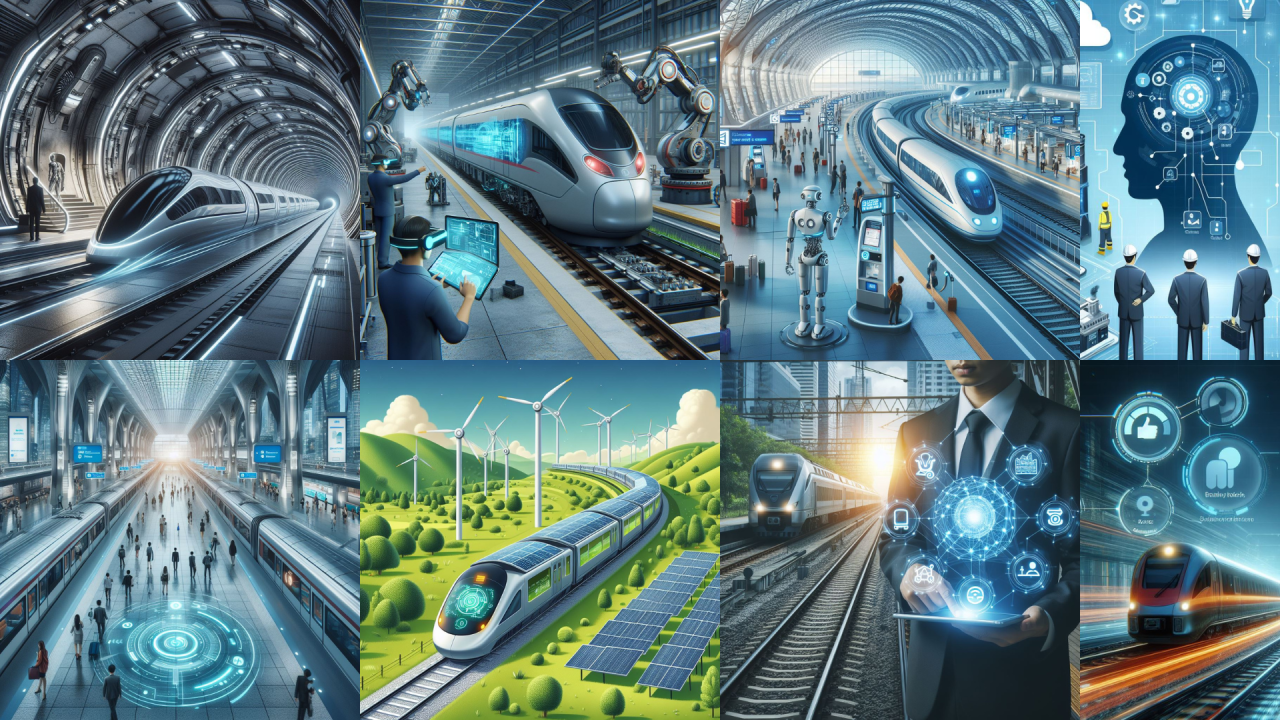
2. Hydrogen and Alternative Fuels
As part of its effort to achieve sustainability, the railroad industry is investing in hydrogen-powered trains and other alternative fuels. Hydrogen-powered locomotives are gaining attention as a cleaner and more efficient solution, particularly for regions where full electrification is not practical.
Predictions for Hydrogen and Biofuels:
- Hydrogen-Powered Trains: In 2024, more hydrogen-powered trains are expected to be deployed on regional and freight routes. Countries like Germany and the UK are already testing hydrogen trains, with plans for wider deployment. Hydrogen offers a viable alternative for routes that are not yet electrified, helping reduce reliance on fossil fuels.
- Growth of Biofuels: Biofuels derived from plant-based materials or waste products are becoming a more sustainable option for freight rail. Rail operators are exploring the potential of biofuels to power their fleets, contributing to lower carbon emissions.
These alternative fuels are expected to play a key role in reducing the carbon footprint of rail transport while maintaining operational efficiency.
3. Automation and Smart Technologies
Automation and smart technologies are revolutionizing the railroad industry in 2024, improving efficiency, safety, and customer experience. With the advent of advanced sensor technologies, AI, and autonomous systems, rail operators are optimizing operations and reducing human error.
Predictions for Automation and Smart Tech:
- Autonomous Trains: Fully autonomous trains are expected to become more common, particularly on freight networks. Automated trains can operate with fewer staff, reducing costs and minimizing human error. They also increase operational efficiency by optimizing speed and track usage.
- AI-Driven Operations: AI and machine learning technologies will continue to enhance train scheduling, maintenance, and route optimization. These systems will predict potential issues before they arise, ensuring smoother and more efficient operations.
- Predictive Maintenance: IoT (Internet of Things) sensors are being deployed to monitor train components in real time, predicting when maintenance is required. This predictive maintenance helps reduce downtime, lower costs, and extend the lifespan of assets.
These innovations will make rail operations more efficient, safer, and cost-effective.
4. Sustainability and Green Practices in Rail Infrastructure
Sustainability is not only being prioritized in train operations but also in the infrastructure that supports them. From stations to tracks, the railroad industry is focusing on creating greener and more energy-efficient infrastructure.
Predictions for Green Infrastructure:
- Eco-Friendly Stations: Railway stations are becoming more sustainable, with many incorporating green roofs, solar panels, and energy-efficient designs. Some stations will be powered entirely by renewable energy, further reducing the industry’s carbon footprint.
- Sustainable Rail Tracks: Rail companies are exploring more sustainable materials for tracks and ballast (the gravel and stone that supports railway tracks). These eco-friendly materials reduce the environmental impact of construction and maintenance.
- Water and Waste Reduction: Rail operators are implementing waste and water management systems in their stations and depots, aiming for zero-waste operations. This includes using rainwater harvesting systems and sustainable waste treatment processes.
Investments in sustainable infrastructure will play a crucial role in transforming the railroad sector into a greener, more efficient mode of transport.
5. The Rise of High-Speed Rail
In 2024, high-speed rail is set to expand its reach in both passenger and freight services. High-speed rail offers an alternative to air travel for medium-distance journeys, reducing congestion at airports and contributing to lower overall carbon emissions.
Predictions for High-Speed Rail:
- Expansion of High-Speed Networks: More countries, particularly in Asia and Europe, are expected to invest in the expansion of high-speed rail networks. China, for example, will continue to expand its high-speed rail system, offering a model for other nations to follow.
- High-Speed Freight: High-speed freight rail services are becoming more viable, allowing goods to be transported at faster speeds, reducing delivery times and making rail a more competitive option compared to road and air freight.
High-speed rail is increasingly viewed as a sustainable and efficient mode of transportation that can reduce the environmental impact of travel and freight.
6. Digitalization and Passenger Experience Enhancement
The digital transformation of the railroad industry continues to improve the overall passenger experience in 2024. From booking systems to in-train entertainment and information, technology is enhancing how passengers interact with rail services.
Predictions for Digital Transformation:
- Smart Ticketing: Digital and mobile ticketing will become more widespread, allowing passengers to easily book and manage their journeys. QR codes, facial recognition, and contactless payment systems will streamline the travel experience.
- In-Train Connectivity: Onboard Wi-Fi, real-time journey information, and entertainment options will become standard features on more trains, particularly high-speed and long-distance services. These technologies will enhance the comfort and convenience of train travel.
- Personalized Services: AI and data analytics will allow rail companies to offer more personalized services to passengers, including customized recommendations for travel routes, discounts, and loyalty programs.
These innovations will continue to make rail travel more convenient and enjoyable for passengers.
7. Freight Rail and Supply Chain Innovation
Freight rail remains a critical part of global supply chains, and in 2024, there will be continued emphasis on improving efficiency and sustainability in freight transport. With the rise of e-commerce and global trade, rail is increasingly viewed as a reliable and eco-friendly option for transporting goods.
Predictions for Freight Rail:
- E-commerce Integration: Rail freight companies are expanding their role in supporting the e-commerce sector, with dedicated rail routes for transporting goods from warehouses to distribution centers. This integration helps streamline the delivery process, reducing road congestion and lowering carbon emissions.
- Automation in Freight: Automated freight trains will become more common in 2024, especially on long-haul routes. These trains will be equipped with AI systems for load optimization, reducing fuel consumption and improving efficiency.
- Sustainable Freight Solutions: Just like passenger services, freight operations are also shifting toward cleaner energy sources, such as electrified tracks and hydrogen-powered trains.
Conclusion: A Bright Future for the Railroad Industry
In 2024, the railroad industry is positioned to continue evolving and meeting the demands of a rapidly changing world. With advances in electrification, automation, sustainability, and passenger experience, rail transport is becoming cleaner, more efficient, and more technologically advanced. Whether through the expansion of high-speed networks, the integration of alternative fuels, or the adoption of digital technologies, the railroad industry is paving the way for a more sustainable and innovative future.
